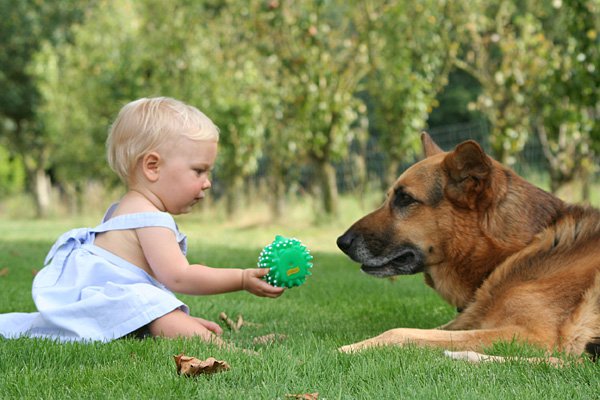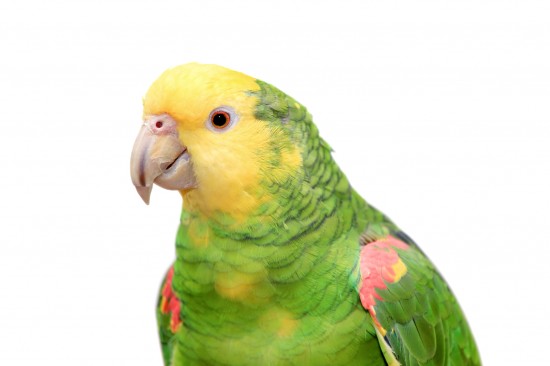Ant farms should definitely be considered when you抮e thinking about pets for children. Here抯 why. For many children, their first contact with animals of any sort will be with insects. Often toddlers will watch a few ants on the sidewalk or take a closer look at a ladybug that has landed on their shorts. Children like insects, and as long as they are not bitten or stung by one at an early age then they are quite capable of maintaining that interest if it is nurtured properly. That抯 why insects make such good pets for small children, and for grown-ups too, for that matter. When I use the term pets, it should be realised, naturally, that no insect is ever going to show any of the attributes of a dog or cat. No affection, no run-and-fetch not even a warm furry body to stroke. So we are really taking about small animals that children can watch and learn from and also learn about the responsibility of looking after them. Research suggests that people who have had to care for pets during childhood go on to become more responsible parents than children who have never had that experience. So what options do we have? We need to think about running costs. Many of the large, spectacular insects are from tropical habitats and require heated terrariums if they are to survive. Obviously you will need to think about running costs, depending on where you live. You may also find that some carnivorous species will only eat live prey, and so feeding costs will be an issue. In all these cases the outlay is comparatively small, compared to say, the costs of feeding a dog, but, of course, the experience of keeping a dog and a tank of insects is completely different.
The main insect pet groups look like this:
Ants (Order Hymenoptera) Ants make great pets You can buy an ant farm for under $20 Very little maintenance is required They eat virtually nothing yet are active all the time and perform remarkable feats of tunnelling. They are great to watch.
Stick insects (Order Phasmidae) Very interesting when newly hatched, they are active and fun to watch. As they grow they become much less active and look like, well, sticks. As the insects become more and more stationary for longer and longer periods, a child's interest is likely to tail off, quite understandably. Need fresh plant food regularly.
Crickets (Order Orthoptera) Now these guys can make very good pets for kids. The many different species vary considerably in their appearance and show quite a bit of sexual dimorphism (that is, the males and females look different) They can be quite active, particularly at warmer temperatures and some will sing, given the right encouragement. Need fresh plant food regularly.
Bees (Order Hymenoptera) Definitely not for children. Bees are fascinating to keep, and can earn you a little money, but require a good deal of equipment, and care.
Cockroaches (Order Blattodea) Some parent might blench at the thought of cockroaches in the house but, provided they are properly caged then they are the same as any other insect. Everyone knows how active cokroaches can be, but they do have the alarming habit of eating each other of food gets short. Kids might find this difficult to take. Will eat pretty much anything. Hissing cockroaches are extremely striking insects.
Millipedes (Order Myriapoda) Interesting to watch but can spend long periods in an inactive coil, which is pretty boring for children. Prefer warmer temperatures. Eat detritus. Giant millipedes can grow to a foot long and be as fat as a good Cuban cigar so you will need a large tank to keep them in.
As you can see, there are many ways to go when choosing an insect pet. Although I find all insects interesting, I think, for children, ants in an ant farm is likely to offer the best chance of success. The ant farms themselves are cheap, and there are many types to choose from. The ants are nearly always active and will undoubtedly catch a kid's interest and, of course, running costs are practically nil.

 Use freeze dried bloodworm to feed the fishes
Use freeze dried bloodworm to feed the fishes
Use freeze dried bloodworm to feed the fishes
Use freeze dried bloodworm to feed the fishes
 Yellow Headed Amazon
Yellow Headed Ama
Yellow Headed Amazon
Yellow Headed Ama
 Thinking Like A Cat - 5 Easy Ways To Enrich Your Cat’s Home Life
Thinking Like A C
Thinking Like A Cat - 5 Easy Ways To Enrich Your Cat’s Home Life
Thinking Like A C
 Dogs are People
Dogs are People
The ultimate dialogue of wheth
Dogs are People
Dogs are People
The ultimate dialogue of wheth
 Are Dog Training Collars Humane And Ective?
Are Dog Training Collars Humane?
With the advent of t
Are Dog Training Collars Humane And Ective?
Are Dog Training Collars Humane?
With the advent of t